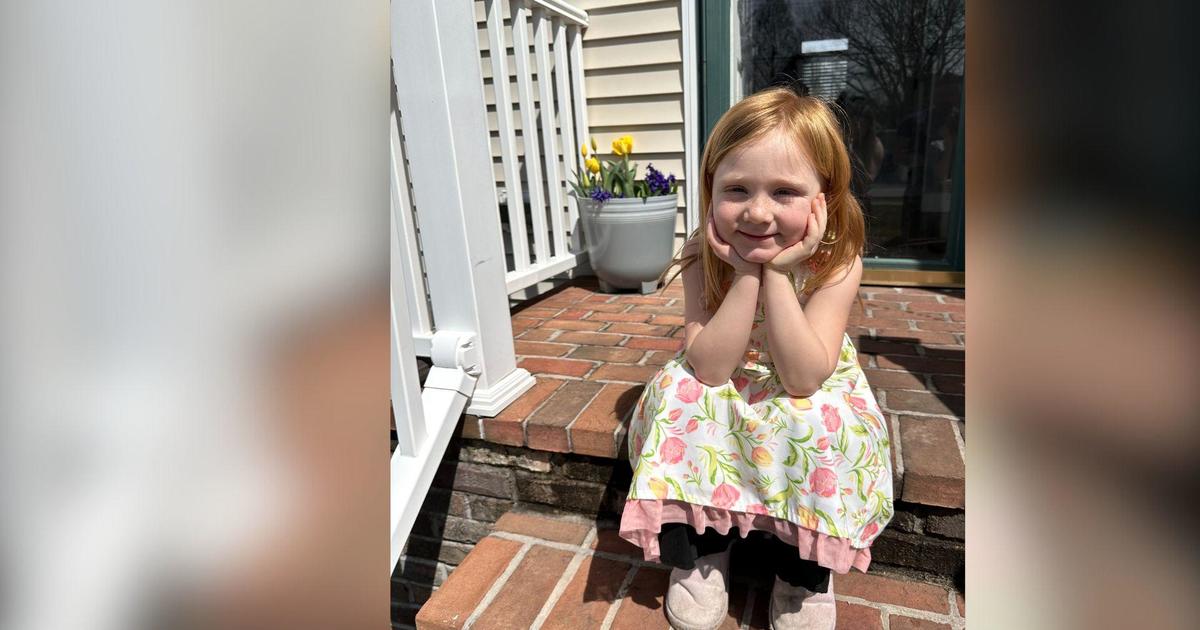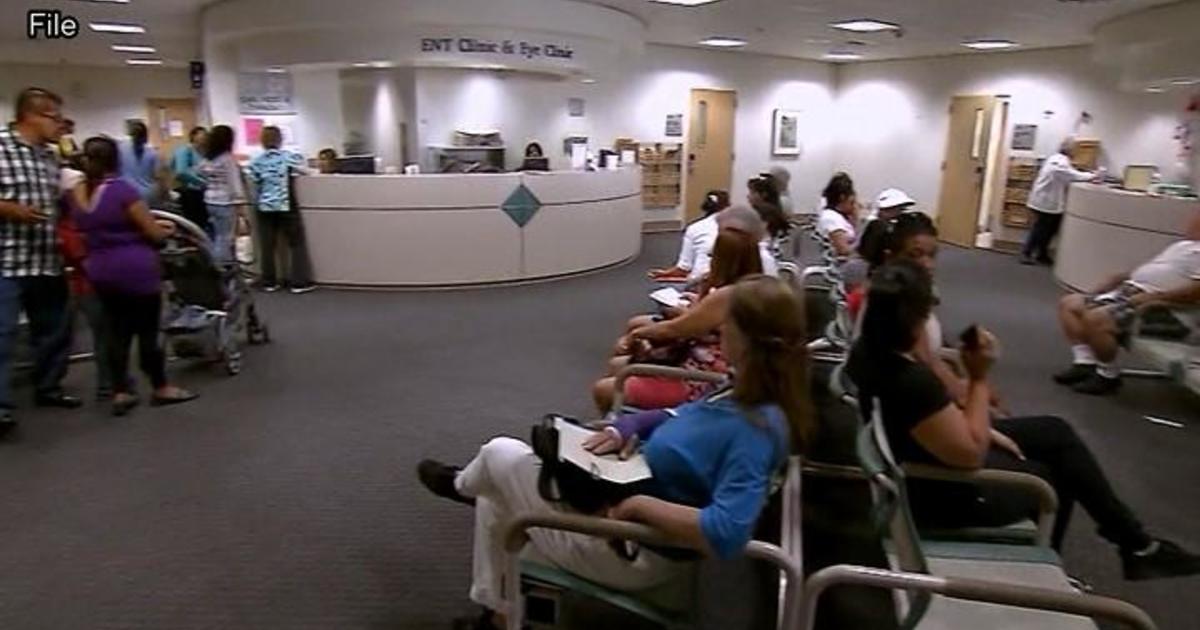Lead Prosecutors Break Silence On Freddie Gray Trials
BALTIMORE (WJZ) -- The lead prosecutors in the Freddie Gray officer trials -- Chief Deputy Michael Schatzow and Deputy Janice Bledsoe -- spoke Thursday morning about trial specifics.
This comes one day after the the gag order was rescinded when charges were dropped against all the officers who still faced trial in connection with Gray's death.
The decision to dismiss charges was announced at a pretrial motions hearing for Officer Garrett Miller, who faced charges of second-degree assault, misconduct in office and reckless endangerment.
Four Baltimore officers already stood trial in connection to Gray's death. Three were acquitted by Judge Barry Williams: Officer Edward Nero, Officer Caesar Goodson Jr. and Lt. Brian Rice.
Officer William Porter, whose first trial ended in a hung jury in December, had been set to head back to court in September. Officer Alicia White had a court date in October.
State's Attorney Marilyn Mosby spoke publicly Wednesday, for the first time about the cases since Judge Williams issued a gag order barring both prosecutors and the defense from doing so.
"As a mother, the decision not to proceed on the remaining trials is agonizing," she said. But, "as a chief prosecutor elected by the citizens of Baltimore, I must consider the dismal likelihood of conviction at this point."
She did not take questions after her press conference, which she held near where Gray was arrested, at Gilmore Homes in West Baltimore. Her reasoning was that five of the six officers she charged in the Gray case have filed lawsuits against her. Mosby, did, however, sit down for a one-on-one interview with WJZ's Mary Bubala later in the day.
Schatzow and Bledsoe spoke on a number of topics in the conference, which lasted about 45 minutes.
Was there a rush to indict?
Answering a question about the defense alleging that prosecutors rushed to indict the officers, Schatzow replied that "the defense has alleged a lot of things."
"I think we pieced together the theory from the facts. And I think that, you know, one of the things to keep in mind is that the police investigation, prior to the death of Mr. Gray, was done by a FIT [Force Investigation Team] team. This big task force that they put together, they did not put together until after Mr. Gray's death. We started investigating the matter the day of or the day after Mr. Gray suffered his injuries. And while we were investigating, we were receiving information from the police department on a daily basis. We had the information that they had."
"We began meeting with BPD starting as early as April 13," Bledsoe added. "We met with the FIT team on April 14, we had been gathering information from BPD, including statements from witnesses and officers, we had sent out, we had made requests for CCTV footage. And so that entire week, we were spending, I was spending all day working with BPD and reviewing evidence as soon as it came in. I mean, we were in constant contact with them. The task force didn't start until after Mr. Gray died. And at that point, a fair amount of evidence had already been collected and reviewed."
"I don't think that we felt we were rushing, I don't think we felt that there was material that was overlooked," Schatzow said. "I think that much of the evidence was in the statements of the officers who gave statements. And those statements were all in by April 17. If you sort of looked at a timeline from April 12 until the day the indictments were returned, I don't think you would, you wouldn't see a curve going up of increasing evidence as we approached the day of the indictment. I think it would be to the contrary."
On warrants that were not executed by BPD
At her press conference Wednesday, Mosby mentioned that her office was not able to have certain warrants executed during their investigation of the officers.
Bledsoe said those warrants were for the officers' cell phones.
"So we had obtained search and seizure warrants for the officers' personal cell phones. And those warrants went un-executed by the police. We all know that there's x amount of time for a search and seizure warrant to be executed, and the Baltimore Police Department did not execute those warrants in the correct amount of time and they expired. There was an explanation given as to why, which was not given by command, it was sort of more by lower command."
Schatzow said there's no way to tell how helpful the information on those cell phones could have been.
Why did the prosecution focus on the seat belt issue?
"We start with the basic proposition that under the Constitution of the United States and the Constitution of Maryland, that the police have a duty to insure the safety of the people in their custody. And a seat belt is one way to insure the safety of someone who is handcuffed with his hands behind his back, legs shackled together and placed face down on the floor of a van. That being restrained by a seat belt is not only what we think is a rather obvious safety device, but it's something that was required by the general orders, which are designed to guide the conduct of the officers. So, why did we do that? Those were the facts that were available to us, that's the law that was available to us, that's what we thought was important. Indication that they involved officers who were charged with that specific violation had not done what they were supposed to do."
Being pressed on the issue, the prosecutors were asked about "ample case law" that says violating general orders doesn't mean someone was criminally negligent.
"In and of itself," Schatzow said. "But the judge also... as a judge, found with regard to every single count that we presented in trial including the ones that were focused on seat belts, that there was sufficient evidence for a rational juror to find proof beyond a reasonable doubt and convict. Now, the same judge sitting as a jury didn't find that the evidence was sufficient for him to convict and that was his right to do that."
Freddie Gray's knife
The topic of Freddie Gray's knife, which was found on him during his arrest, was never central in the trials of the officers. It had once been a very contentious piece of evidence, because it wasn't clear whether or not it was an illegal switchblade.
"One day, after the charges were brought, the defense wanted to bring their experts to see the van, that was parked in the basement of police headquarters. And so we sent somebody... over there to do it," Schatzow said. "And she came back with this photograph of an advertisement. In the police headquarters, they were advertising, with a BPD insignia on it, the very knife that Freddie Gray had on his possession. Now our theory was, that Mr. Gray was arrested before the knife was found. The defendants filed motions to keep out of evidence questions about whether the knife was legal or illegal, and it was our theory that the arrest was made before then so we didn't oppose those motions and the motions were granted. So that's the knife story."
You can watch the press conference in its entirety at the top of this page.
Follow @CBSBaltimore on Twitter and like WJZ-TV | CBS Baltimore on Facebook



